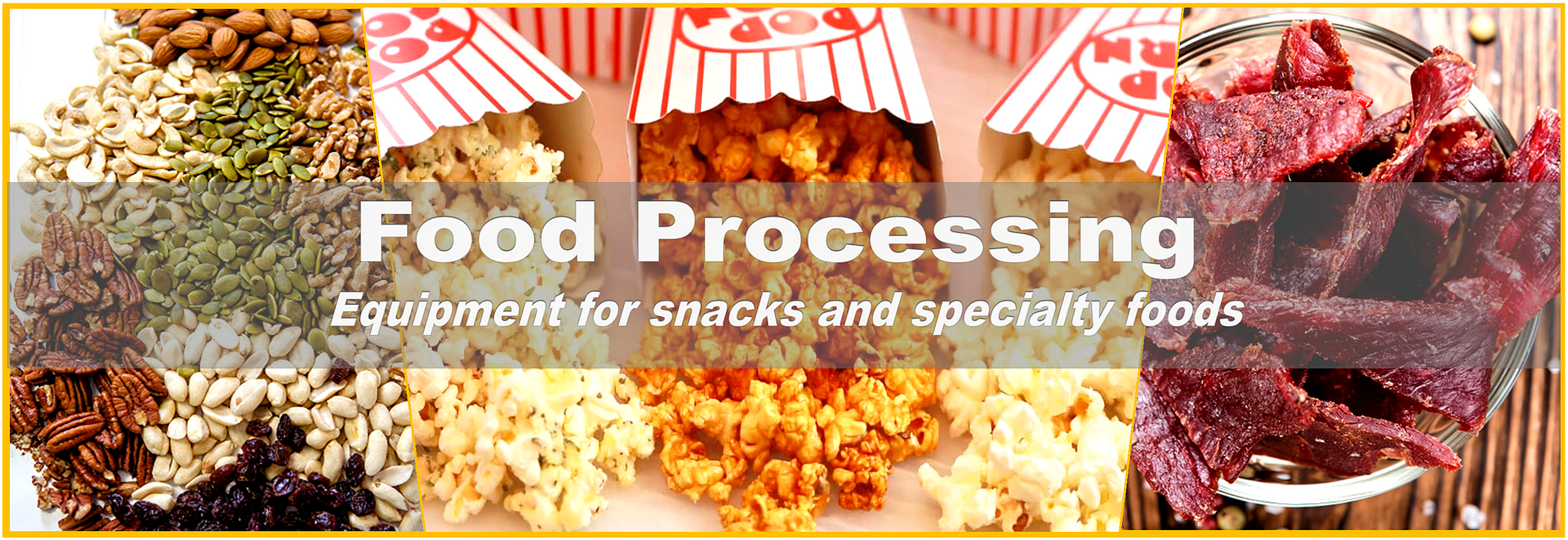Food Processing

This industry processes nuts, popcorn, and dehydrated foods such as meat (beef/turkey jerky), fruits, vegetables, and herbs.
Nuts:
- All nuts, except chestnuts, have hard shells that break under pressure.
- Nuts must be sized and dried below 10% moisture before cracking, roasting, or coating.
Popcorn:
- Composed of endosperm, germ, and pericarp.
- Only popcorn kernels can pop.
- Grown extensively in the U.S. corn belt.
Food Drying:
- Removes water to inhibit microorganism growth.
- Easiest and most cost-effective method of food preservation.
